Sedimentary rocks are formed from pre-existing rocks, sediment, soil, or living organisms that are compacted or cemented under pressure. This intricate process can happen in various ways in various environments, each leaving a distinct mark on the resulting rock.

It all starts with the erosion and weathering of existing rocks, breaking them down into small particles like sand, soil, silt, or clay.
These particles are then transported by water, wind, or ice and eventually settle in layers in various environments such as riverbeds, ocean floors, or deserts. Over time, these accumulated layers of sediment undergo compaction due to the weight of overlying materials and are further solidified through cementation, where mineral-rich water flows through the layers, depositing minerals that bind the particles together. This gradual process transforms loose sediment into solid rock.
These sedimentary rocks, commonly found in layered deposits across the planet, offer us a window into ancient environments, climatic shifts, and the evolution of life. Let’s look at them in more detail.
Sedimentation
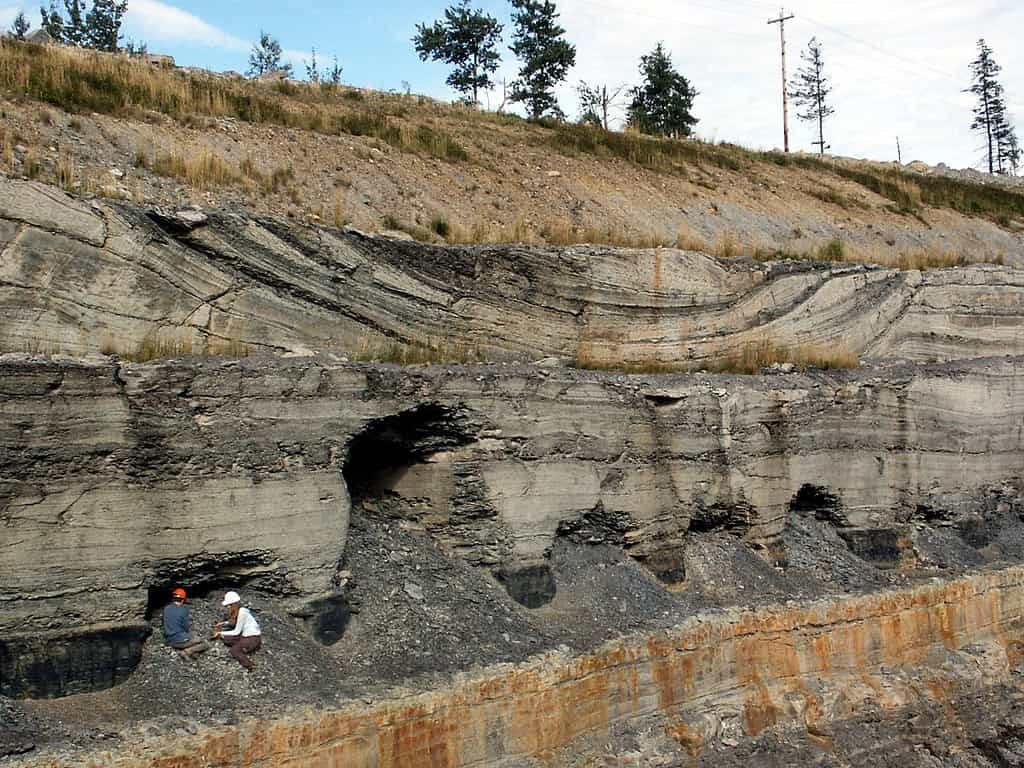
The formation of sedimentary rocks starts with sediment. The small particles we mentioned (the sand, soil, or clay) are called sediment — hence the designation sedimentary rock.
Sediment is a collection of particles originating from the breakdown of rocks, organic materials, and minerals, primarily through natural processes like weathering and erosion. These particles, which can range in size from tiny clay particles to larger sand and gravel, are transported by forces such as water, wind, and ice to different locations. Over time, they accumulate in layers in various environments.
But sediment is just the first step.
Deposition
Deposition of sediment is a critical stage in the formation of sedimentary rocks. It occurs when particles carried by wind, water, or ice lose energy and settle in a new location. The environment where this sediment is deposited heavily influences the type of sedimentary rock formed.
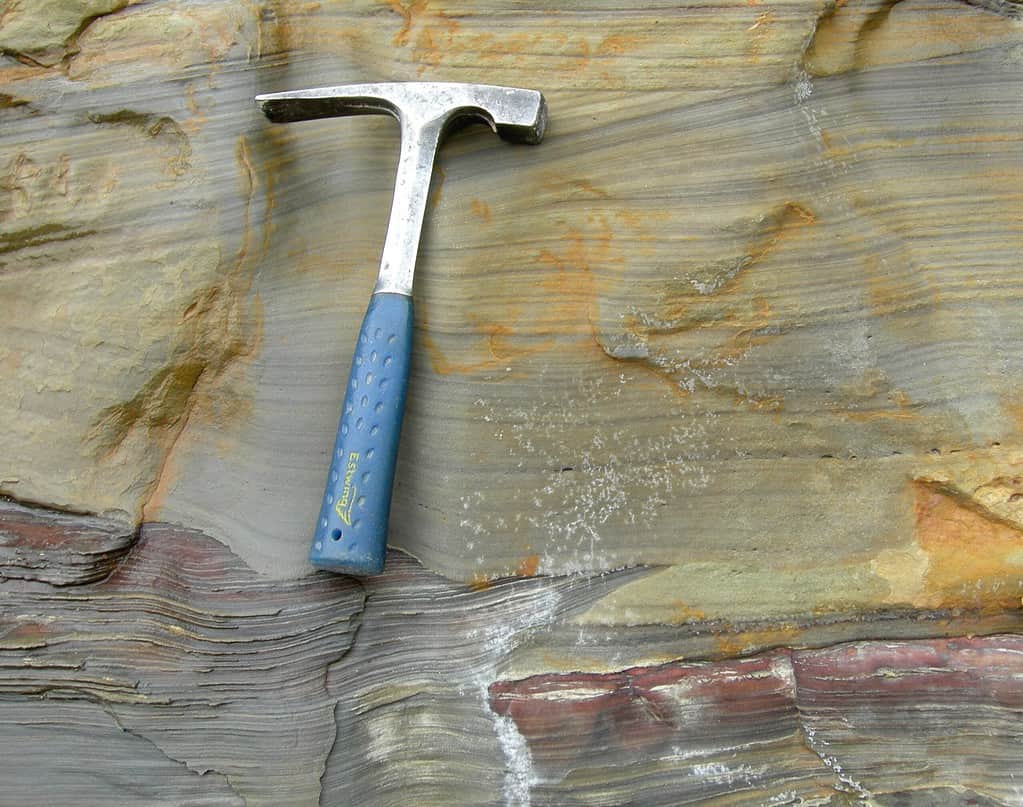
Where Does Deposition Occur?
River Deltas and Floodplains
In river deltas and floodplains, sediments are rich in nutrients, often leading to the formation of fertile soils. Over time, these sediments can lithify into rocks like shale and sandstone.
Ocean Floors
On ocean floors, sediment deposition is a slow, steady process. Fine particles from rivers, along with the remains of marine organisms, settle in layers, eventually forming rocks like limestone and chalk.
Deserts
In deserts, windblown sands accumulate, creating distinctive cross-bedded structures seen in sandstone formations.
Lakes
Lakebeds collect fine sediments that can form rocks like mudstone, often rich in organic material.
The Factors Influencing Deposition
Several factors influence how and where sediment is deposited. As you can guess, these are also impactful for the sedimentary rock formation process.
Energy of the Transporting Medium
The energy of water, wind, or ice determines how far sediment is carried and what size particles are deposited. High-energy environments like fast-flowing rivers carry larger particles, while low-energy environments like deep ocean floors are where finer sediments settle.
Of course, in addition to the main sedimentary environment, sedimentary rocks can also be taken by tectonic processes and moved around. They can also be subjected to higher temperatures and pressures, which further contributes to the great variety of this type of rock.
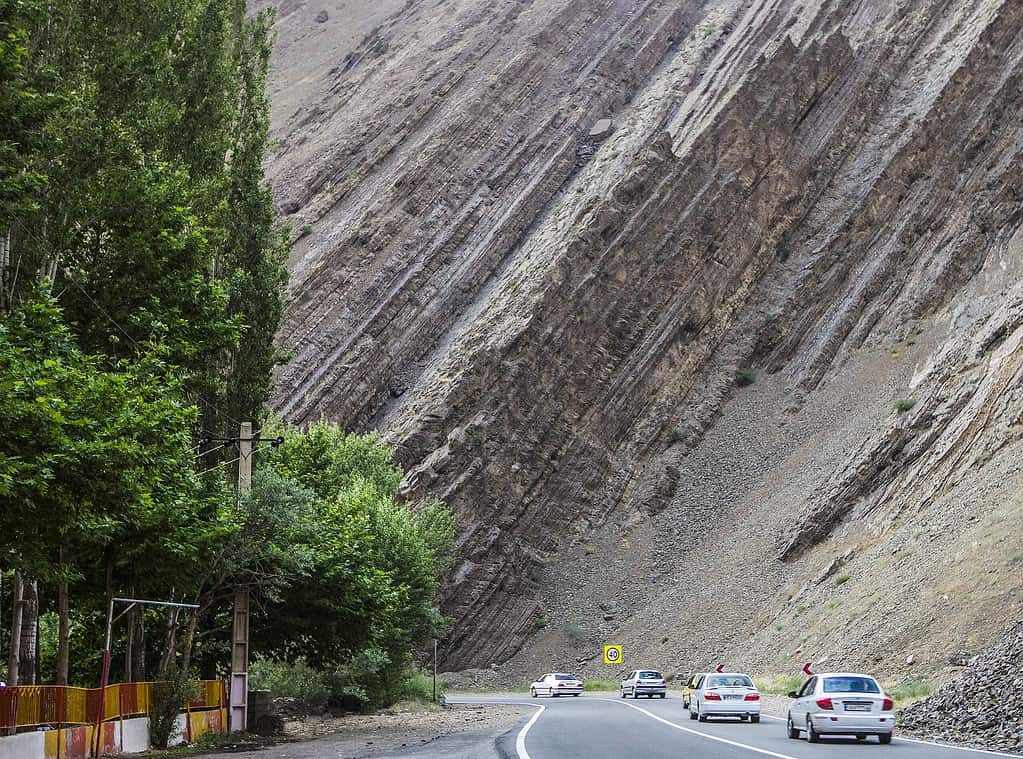
Sediment Supply and Climate
The amount of sediment available and the prevailing climate also play roles. In arid regions, wind erosion leads to significant sediment deposition, while in humid areas, rivers and streams are the main transporters.
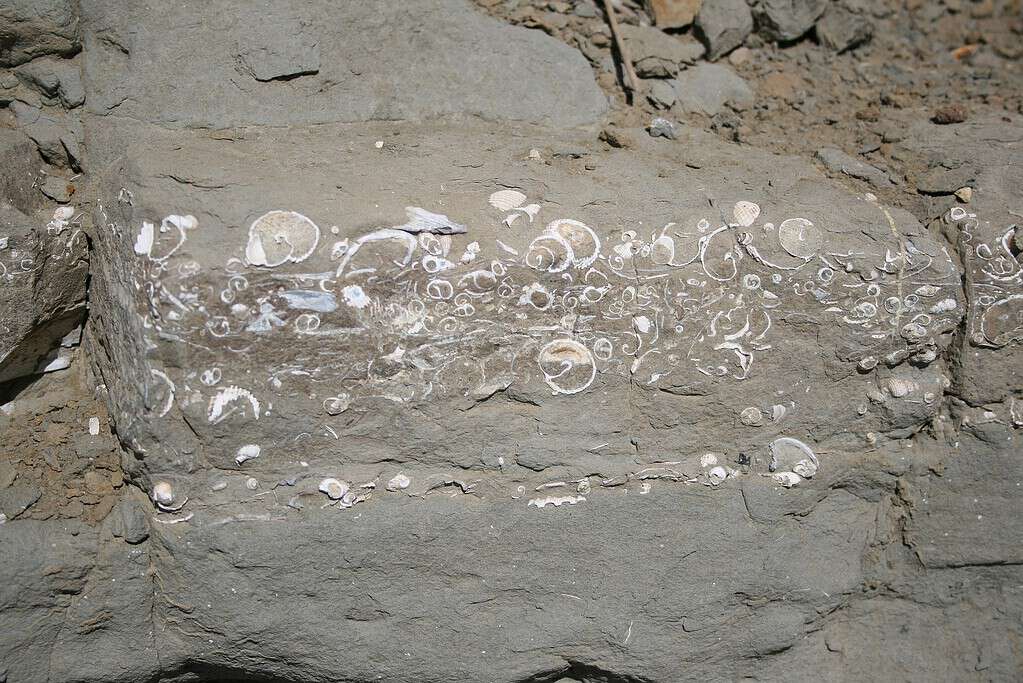
Compaction and cementation
Of course, taking a bunch of sediment and putting it into an environment doesn’t make a sedimentary rock. For that, you need the sediment to get buried and two processes.
Compaction: The Weight of Accumulation
As layers of sediment build up, the weight of the overlying material compresses the lower layers. This compaction is significant in reducing pore space and expelling water, making the sediment more dense and cohesive.
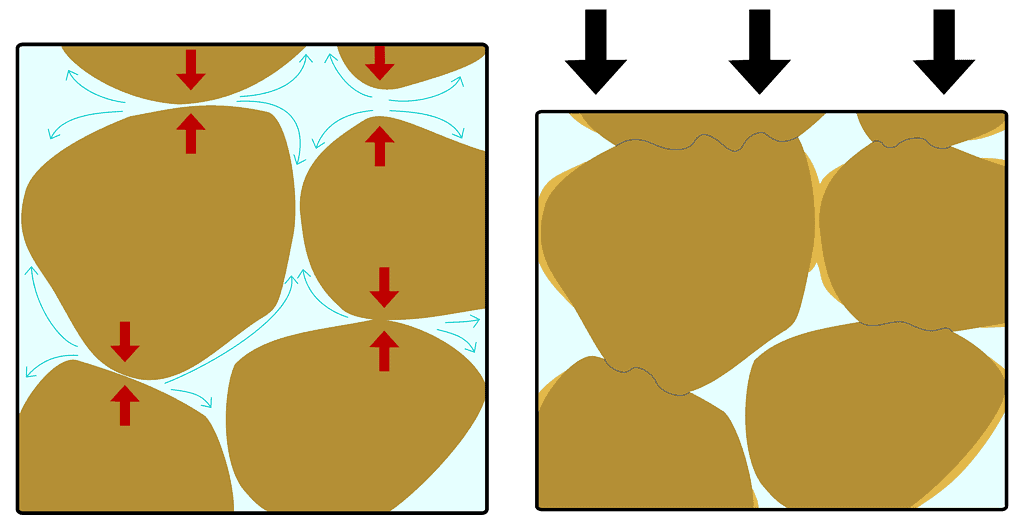
The pressure from the overlying sediment layers, known as overburden pressure, is a key factor in compaction. It increases with the depth of burial, leading to more significant compaction in deeper layers.
Cementation: The Binding Force
Cementation is the process that truly transforms sediment into rock. Mineral-rich water flows through the sediment layers, depositing minerals like silica, calcite, or iron oxide. These minerals precipitate from the water and fill the spaces between the sediment particles, binding them together.
The type of minerals deposited during cementation varies depending on the composition of the sediment and the chemistry of the percolating water. This variability leads to a wide range of sedimentary rock types.
The End Product: Diverse Sedimentary Rocks
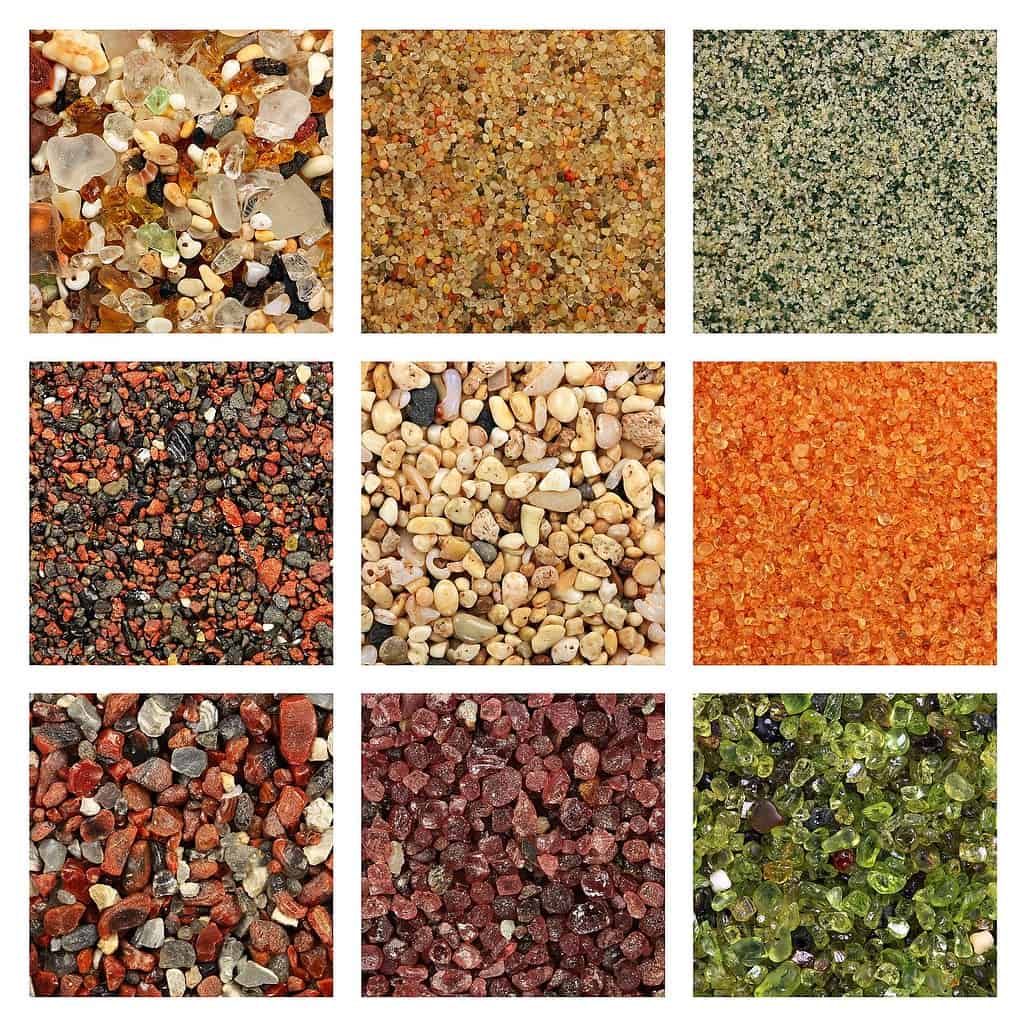
The combination of deposition environments, compaction, and cementation processes results in a diverse array of sedimentary rocks. Each type reflects the conditions under which it was formed and the journey it underwent.
Examples of how different sedimentary rocks are formed
- Sandstone:
- Formed from cemented sand-sized particles.
- Typically originates in environments like beaches, deserts, or riverbeds where sand accumulates.
- Shale:
- Made from compacted clay and silt particles.
- Often forms in calm environments like lake bottoms or deep marine areas where fine sediments can settle.
- Limestone:
- Composed primarily of calcite, often from marine organisms’ shells or coral.
- Commonly forms in warm, shallow, marine environments.
- Conglomerate:
- Consists of rounded gravel and pebble-sized particles cemented together.
- Usually forms in environments with strong water currents like rivers, which can transport and deposit these larger particles.
- Breccia:
- Similar to conglomerate but with angular, not rounded, rock fragments.
- Often forms near fault zones or areas of rapid sediment deposition where fragments don’t travel far enough to become rounded.
- Chalk:
- Made up of microscopic marine organisms such as foraminifera.
- Forms in deep marine settings where these organisms accumulate after dying.
- Coal:
- Coal is formed from accumulated plant material in swampy environments.
- Requires conditions where plant material can accumulate without fully decomposing, often in oxygen-poor environments.
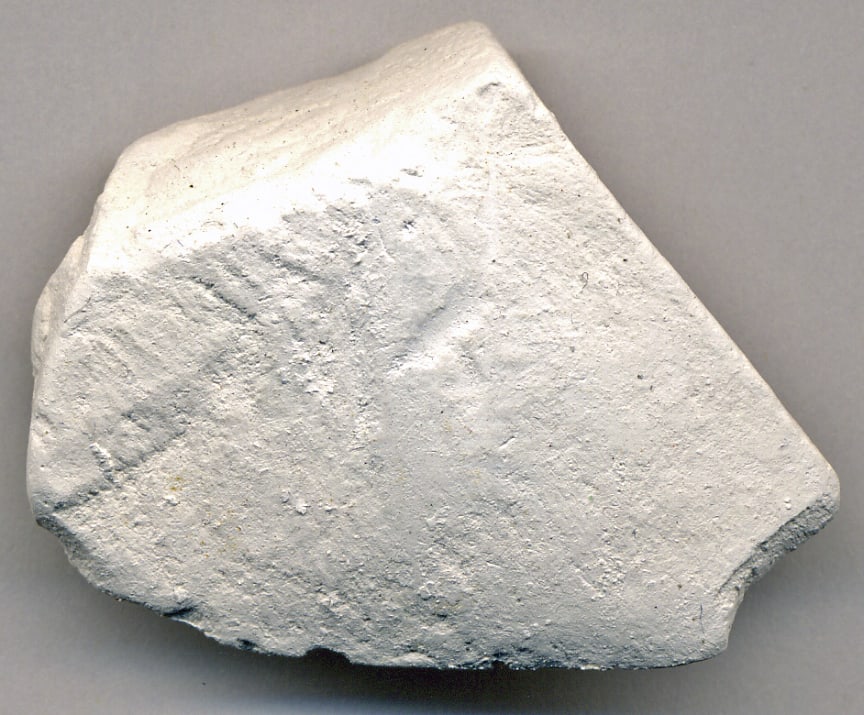
Conclusion: The Geological Dynamics of Sedimentary Rocks
The formation of sedimentary rocks is a complex process that reflects the dynamic nature of our planet. Through weathering, erosion, transportation, deposition, compaction, and cementation, these rocks capture the essence of Earth’s evolving landscapes and ecosystems. Each grain of sand, each fragment of shell, tells a story of a past environment, a climatic condition, and a moment in the vast timeline of our planet.
As we study these rocks, we gain insights into the processes that have shaped our planet and will continue to do so, deepening our connection to the Earth beneath our feet.






